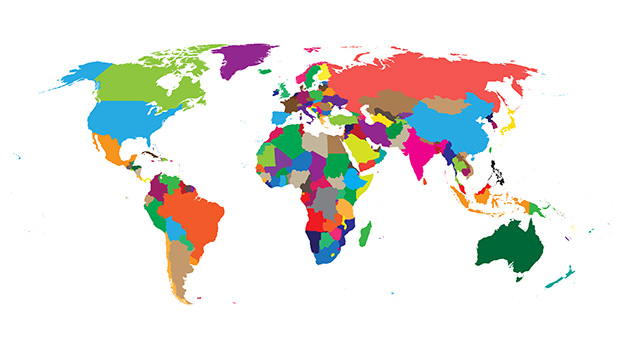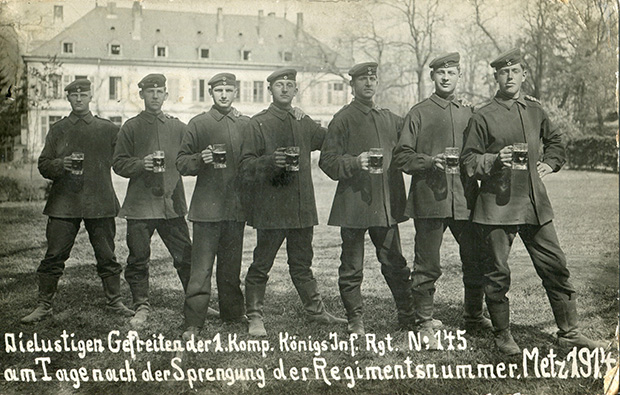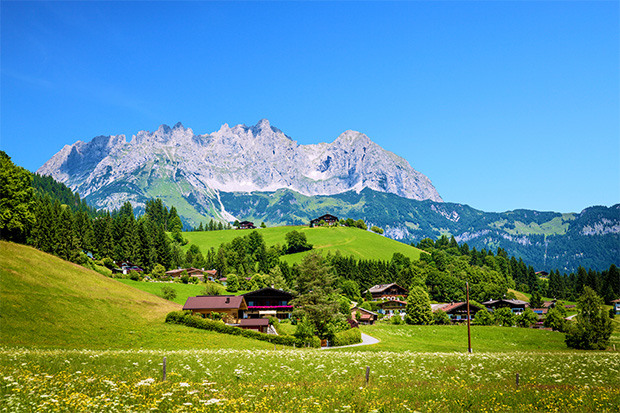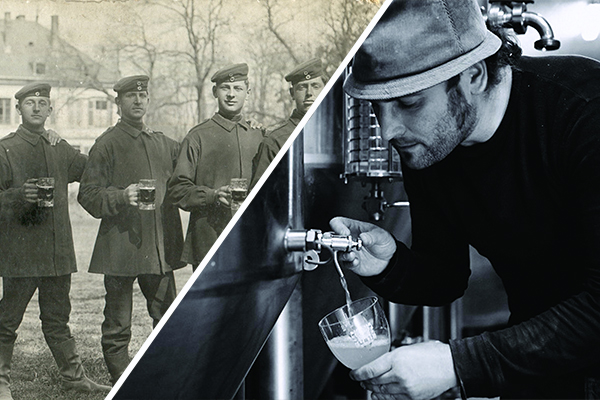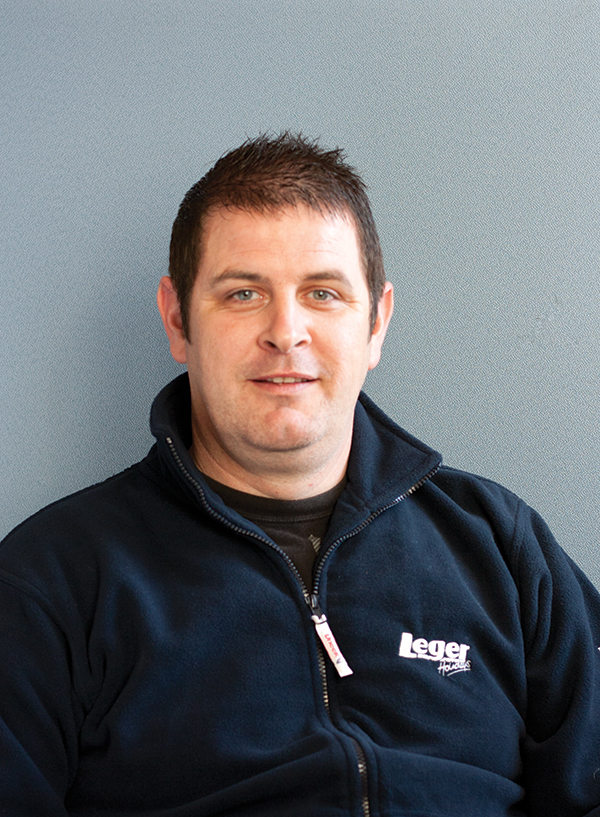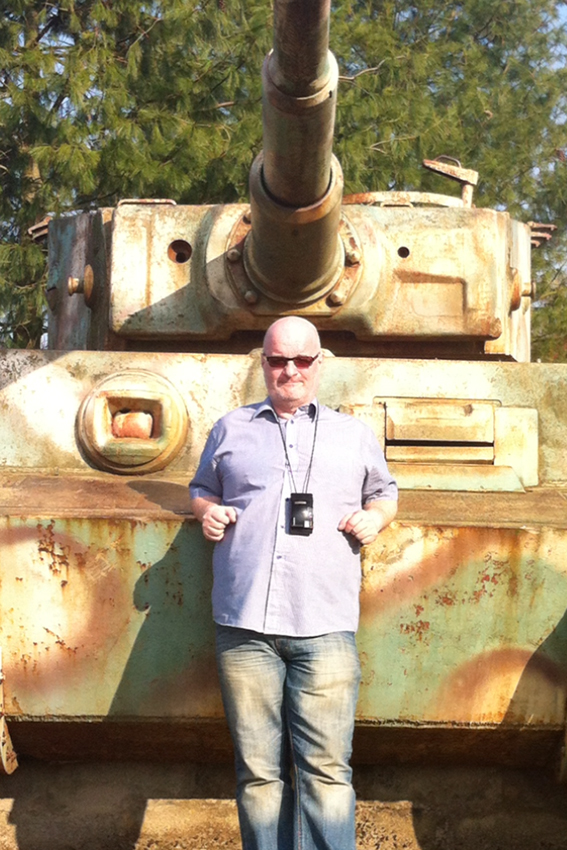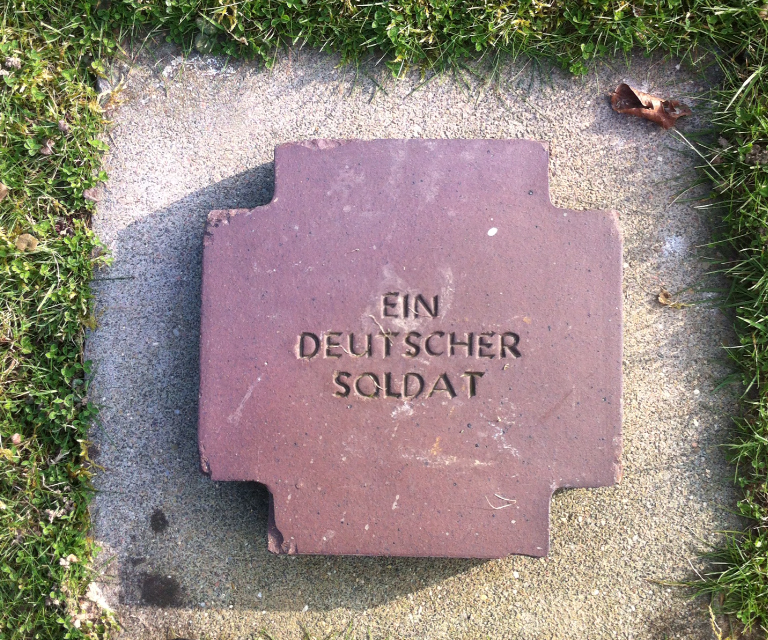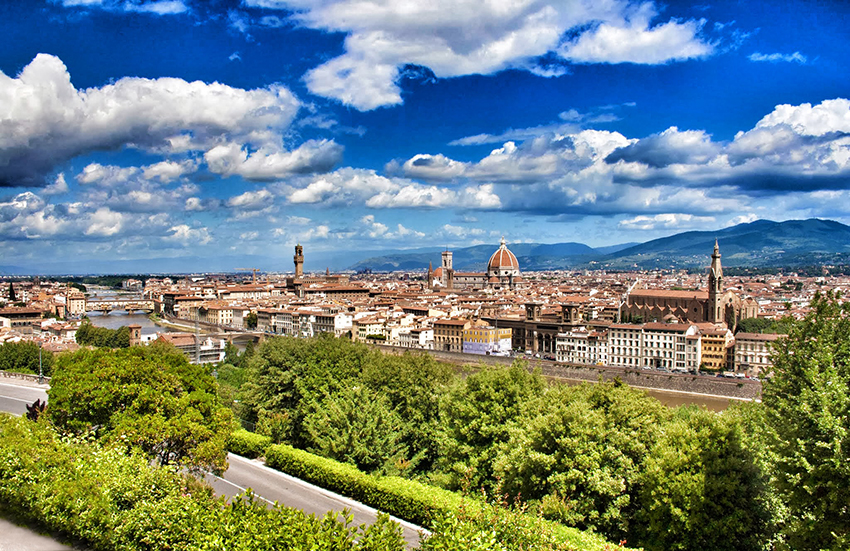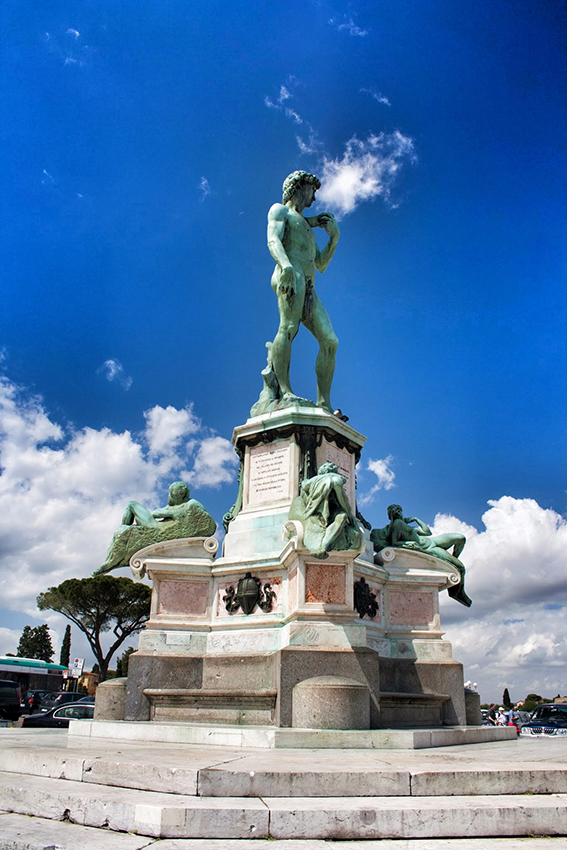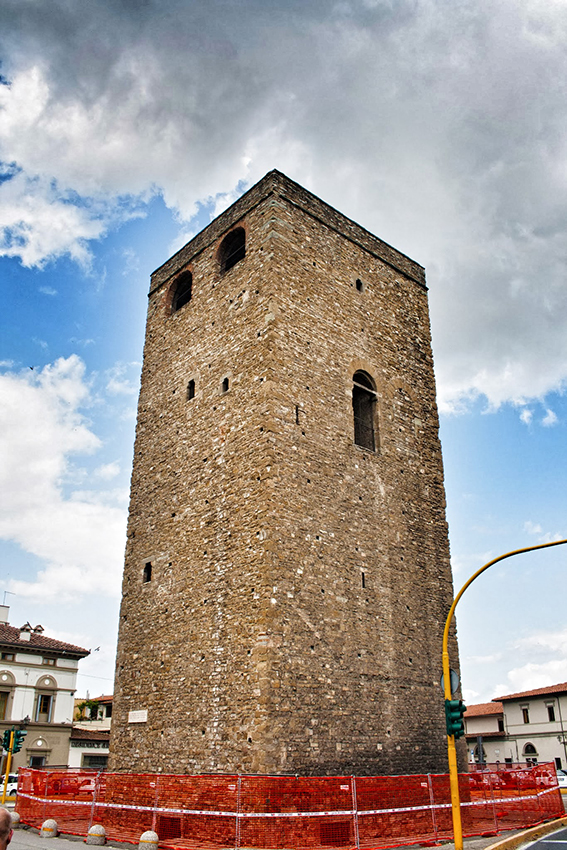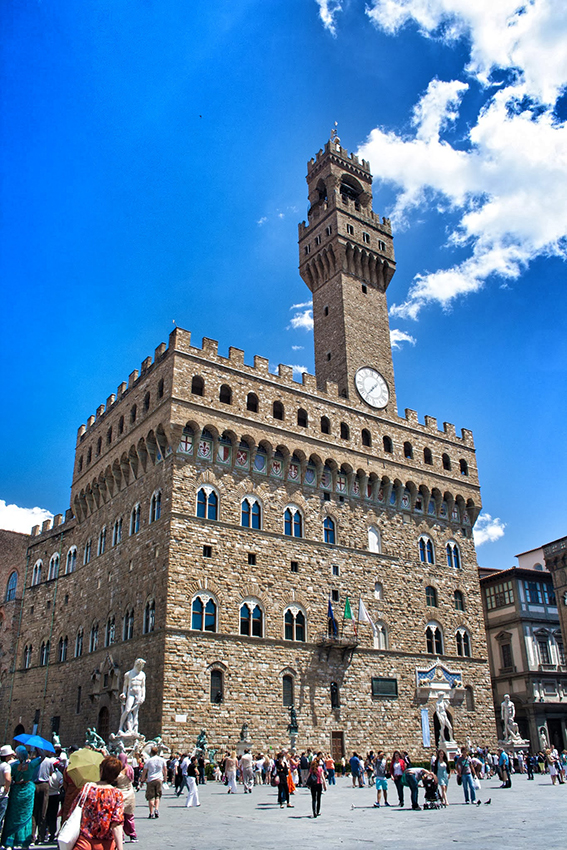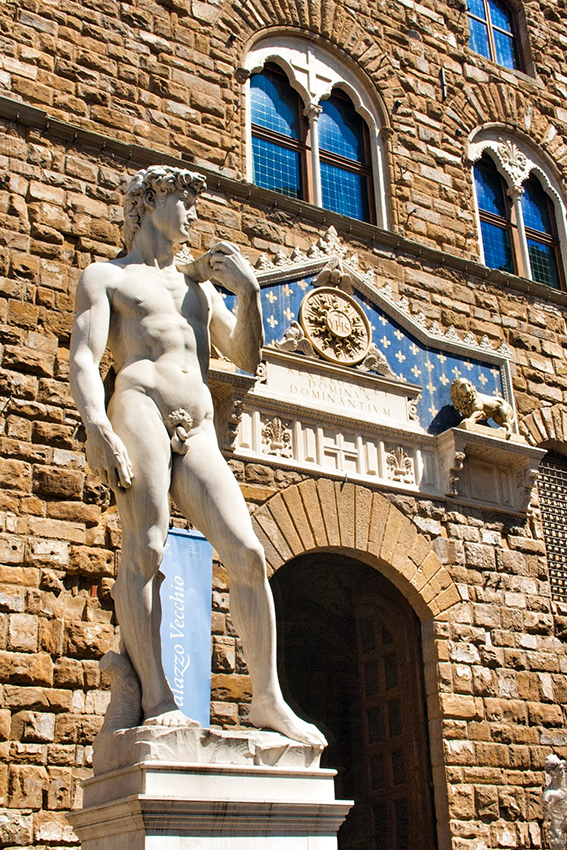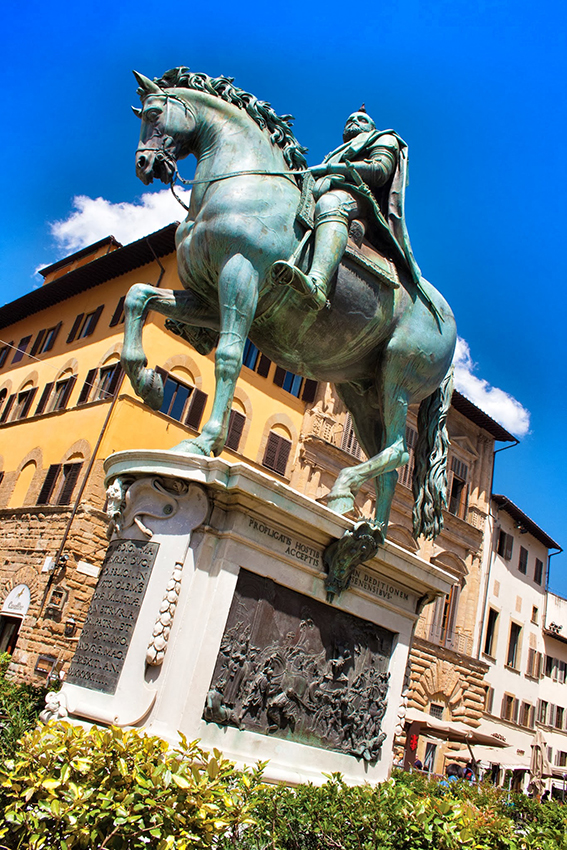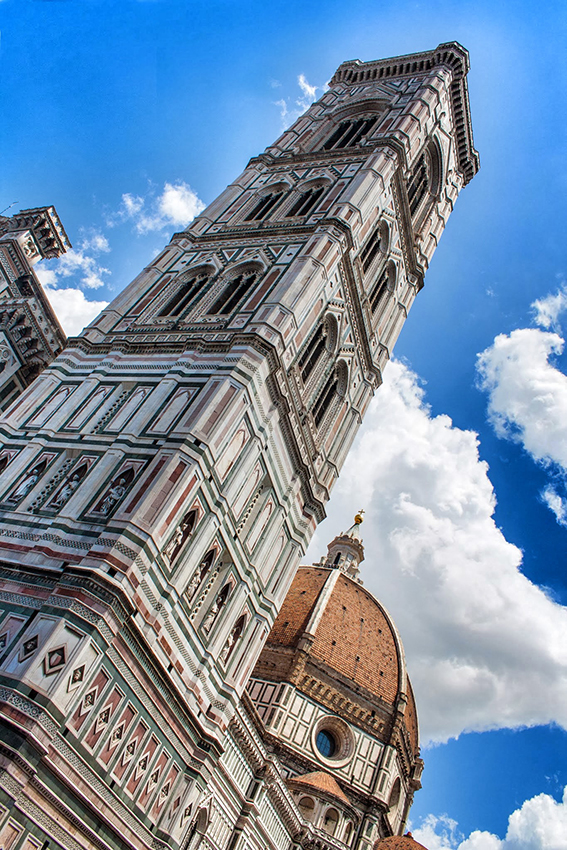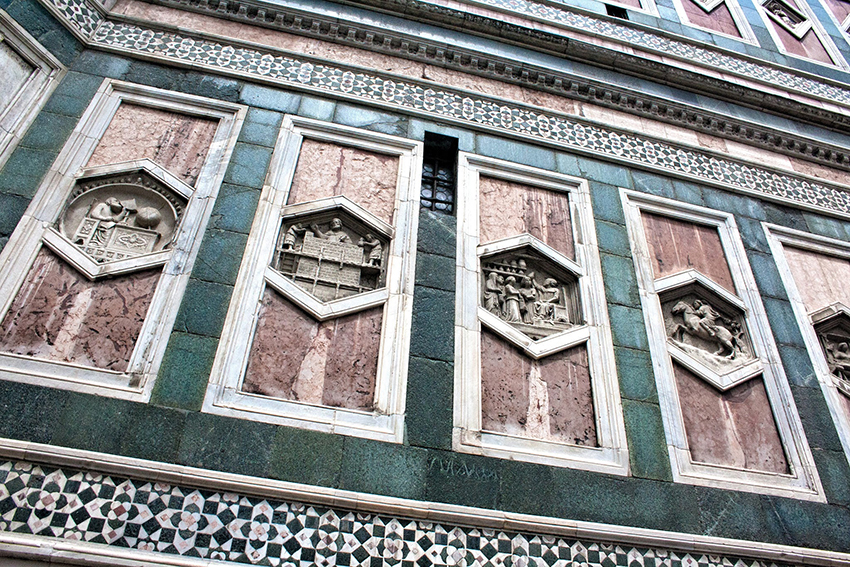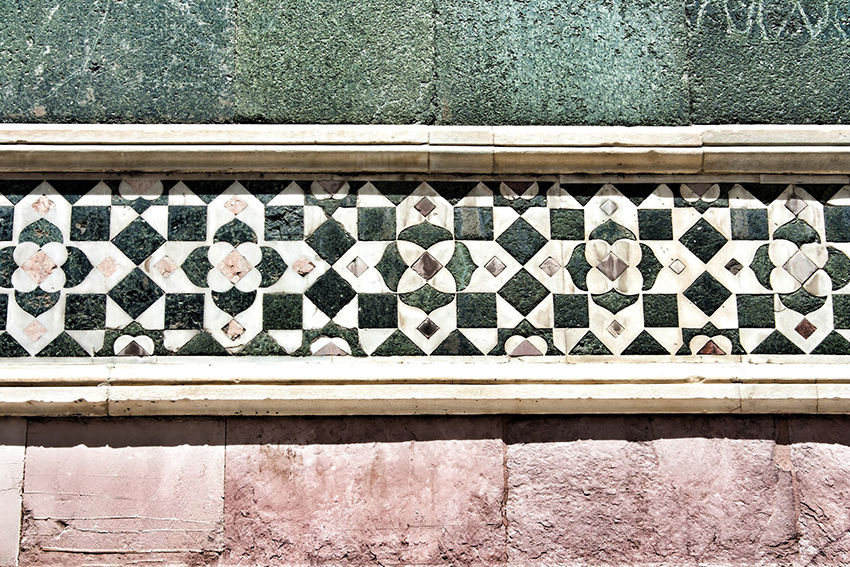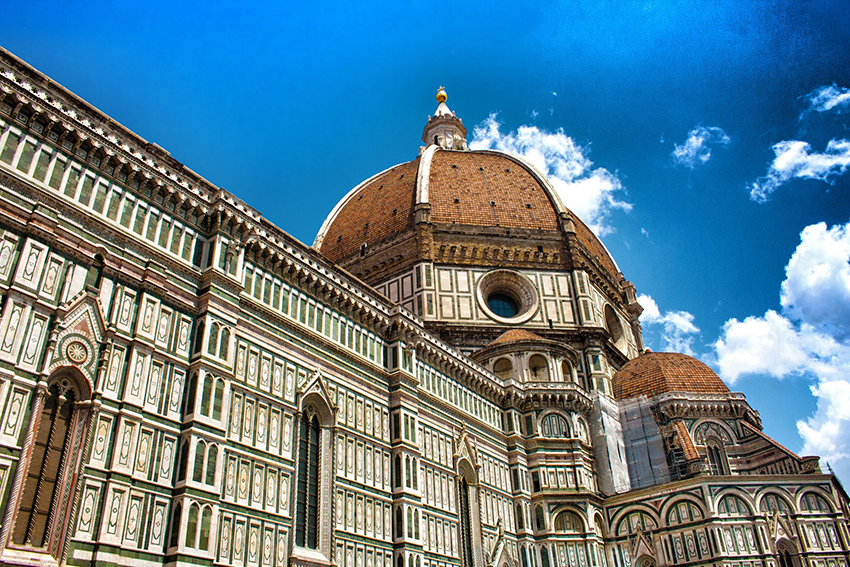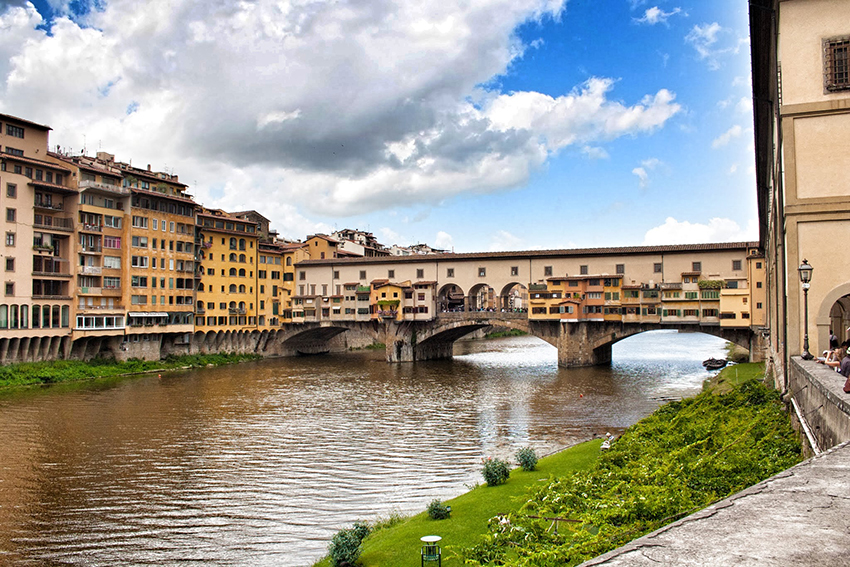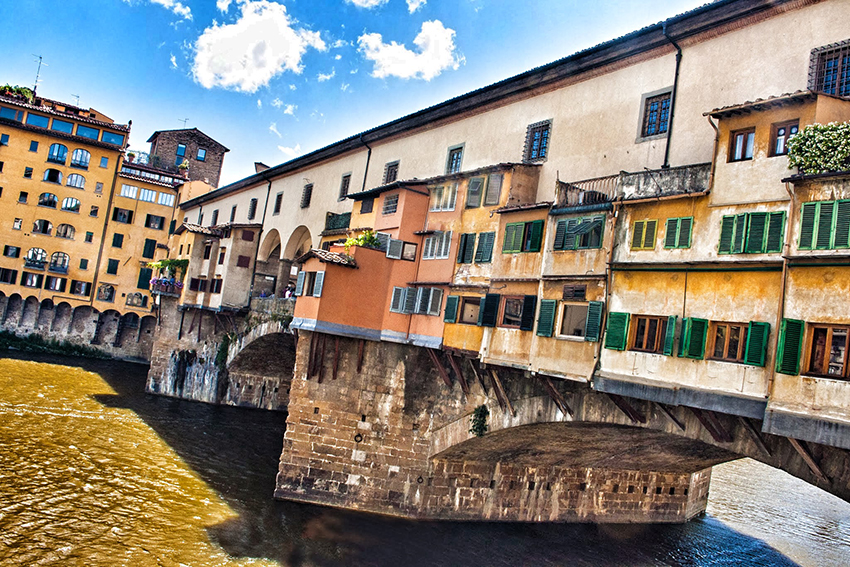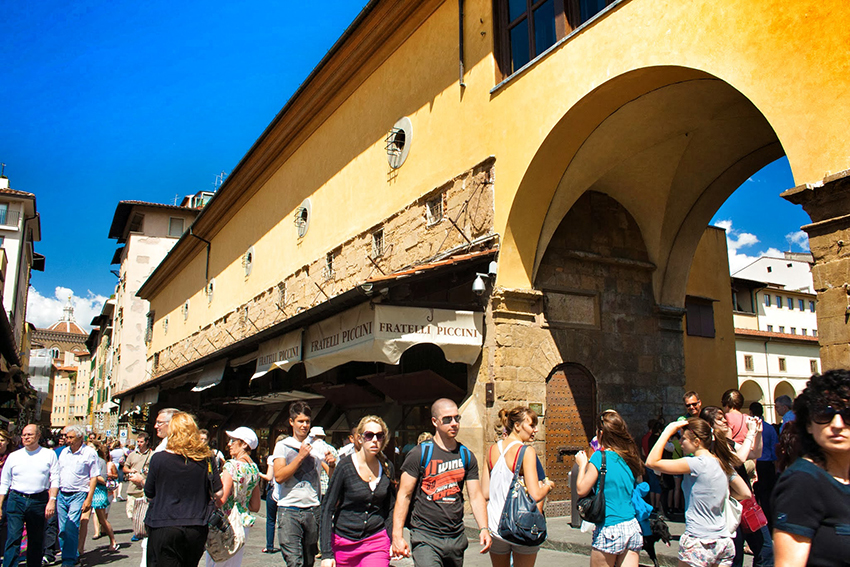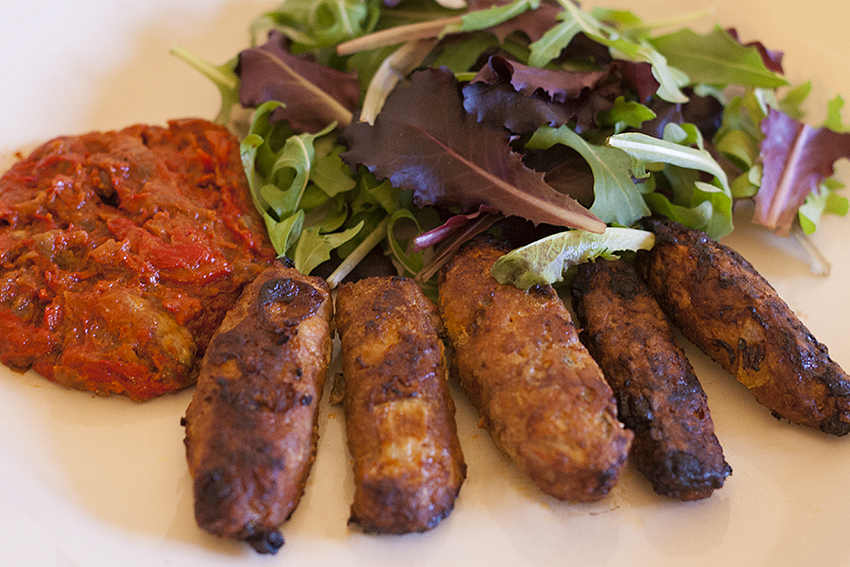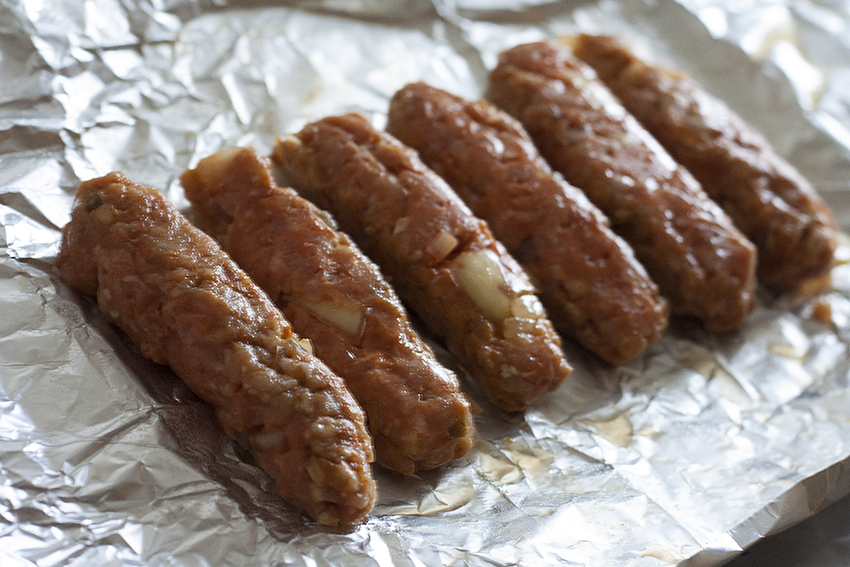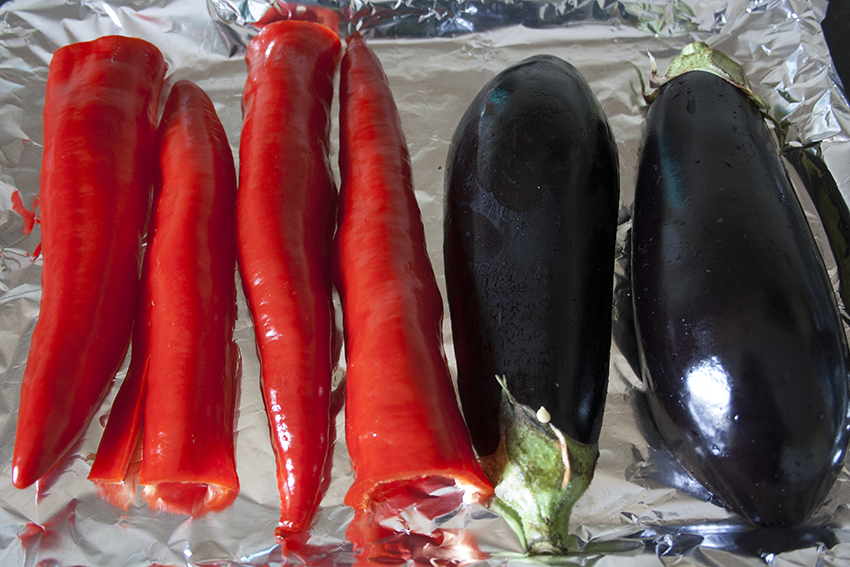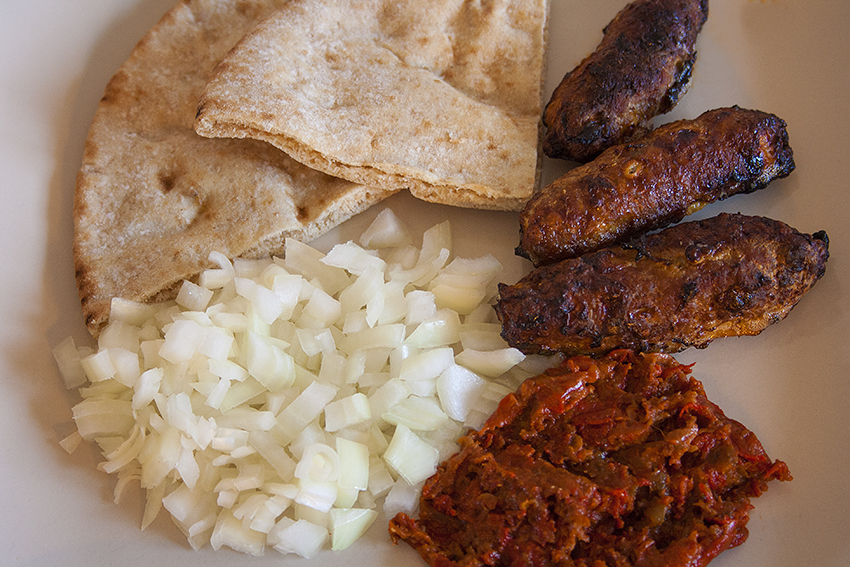Another year has come and gone and whilst it seems to have gone in warp-speed, there was plenty to remember it by. From a spectacular show from team GB at the Rio Olympics to Andy Murray lifting his second Wimbledon trophy, unexpected results at the polls and a certain Pokémon game sweeping the nation, we can truly say 2016 has been a roller-coaster of a year. With all that being said we do hope that your Leger holiday brought bundles of happiness and incredible memories to last a lifetime.
But, as we move on into 2017, we take one more look back into the year just passed and bring you our top 10 viewed tours of 2016. Compiled from the most popular tours you viewed on our website, we reflect on which tours caught your eye in 2016.
10. Beer & Battlefields
Coming in at number 10, a relatively late arrival in 2016, our Beer and Battlefields tour has certainly caught your attention in the short time it’s been online. A brand new concept tying in the prominent battlefields of Belgium alongside the prominent breweries of WWI and WWII.
A perfect Battlefields starter tour, expertly crafted by our specialist guide, Marc Hope, it’s a great way to gain knowledge of our history and the impact and sacrifice of these wars alongside a more light-hearted approach looking behind the front lines and just how these beers and breweries affected our soldiers. As Marc himself said, there are ‘hoppy’ times ahead as we kick off our maiden tour in 2017.
9. Cruising the Rhine and Moselle
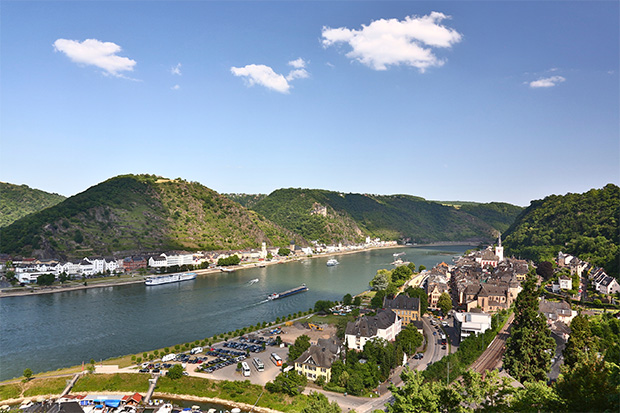
River cruises are becoming increasingly popular and where better to set sail than down the Rhine and Moselle? Known as the heart of River cruising, you get everything you could wish for meandering through two of Germany most picturesque valleys.
And, it’s certainly proving popular among Leger customers! Sailing on the MV Prinses Christina, you’re in for a real treat. Plus, with both valleys being notorious for their wine production, let’s raise a glass to a fantastic river cruise.
8. Beautiful Bruges
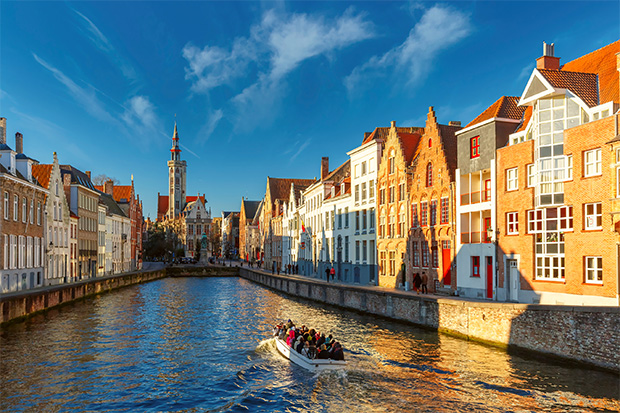
The pinnacle of short breaks? It is no surprise that our Beautiful Bruges tour pops up on this list. A short hop across the channel yet a world apart from the day to day life at home. Stunning architecture, quaint canals and chocolate! What more could you ask for?
With a four-day tour starting from as little as £249*pp, it really is the perfect little getaway.
7.The Elegance & Charm of the Italian & French Rivieras
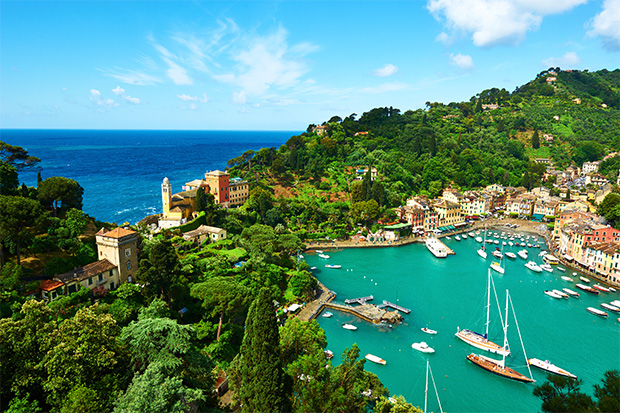
The glitz and glamour capital of Europe, who wouldn’t fancy time on the Riviera? With this one, with all those fantastic places to visit, you don’t have to choose between where to go. From the iconic French Riviera taking in the likes of Cannes, Nice and Monaco, to the stunning Italian fishing village of Portofino, you really will enjoy the best that this exquisite part of Europe has to offer.
With air options and dedicated single traveller packages available, there really is the perfect trip to the Riviera lifestyle for everyone.
6. Austrian Gems
The hills are alive with the sound of music, and it seems to be calling you over to Austria, the home of the Von Trapp family. Touring through Austria’s most beautiful villages, stopping off at the wonderful Krimml Falls and, of course, enjoying time in spectacular Salzburg. You don’t have to be a fan of the film to enjoy this trip.
With prices from just £349*pp for 7 days, you’ll be stepping into the shoes of Julie Andrews and feeling like bursting into a rendition of ‘My Favourite Things’ before you know it.
5. Lake Garda, Venice and Verona
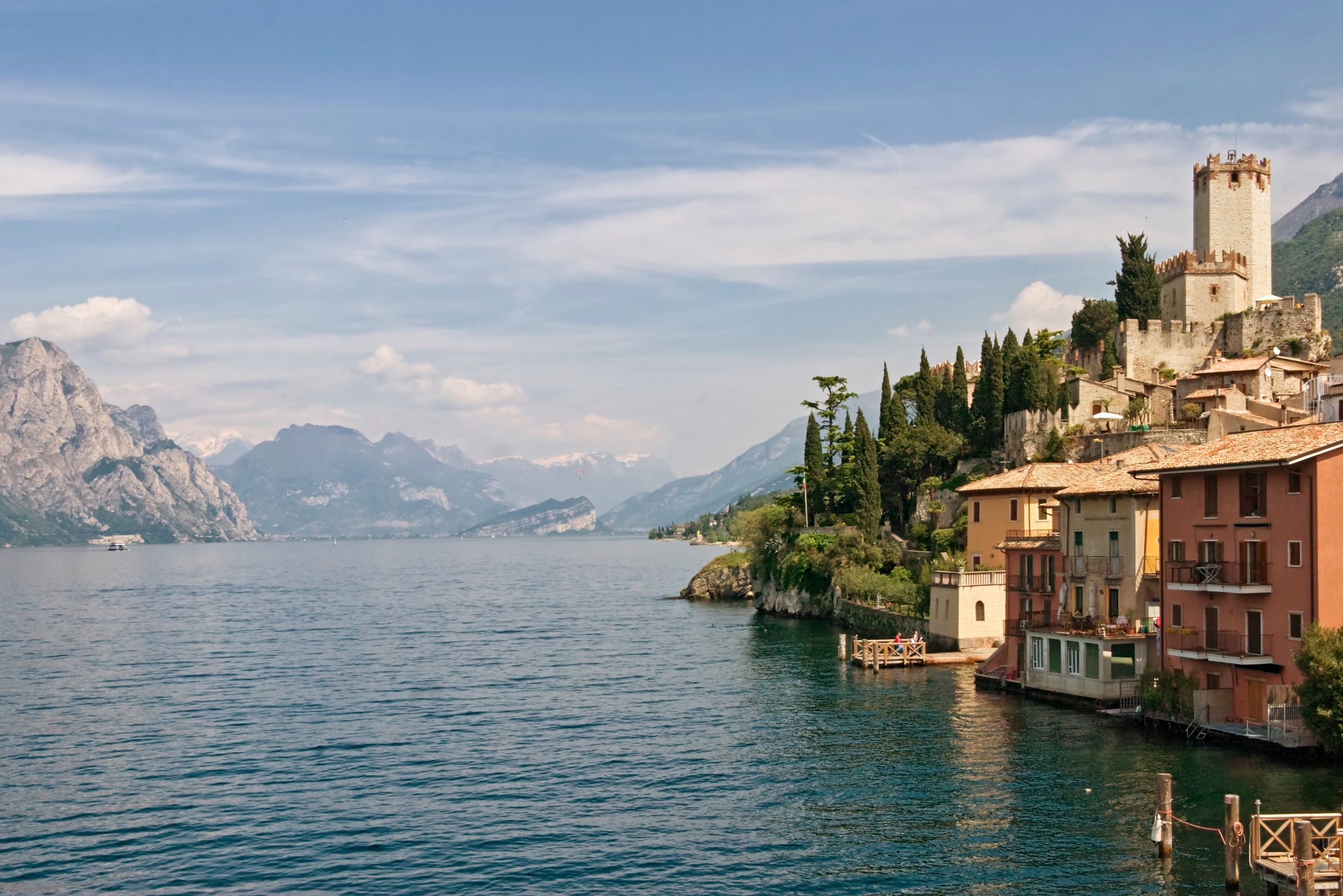
The Italian lakes are still a hit for British tourists and where better to get a true taste of a lake holiday than at the wonderful Lake Garda? And with excursions to Verona and the picturesque and popular city of Venice, there’s plenty to enjoy whilst you’re there.
Departing from April to October, there’s the perfect opportunity to experience the changing seasons in an already stunning destination.
4. Belgian Grand Prix

The highlight of the racing calendar, the Belgian Grand Prix proves ever popular in our list of most viewed tours. In fact, for the 2016 race, we sent out 13 coaches taking around 650 Leger customers to the summertime race at the Spa-Francorchamps.
If it’s the electrifying race atmosphere you’re looking for, this could be the tour for you in 2017.
3. Imperial Capitals – Prague, Vienna and Budapest
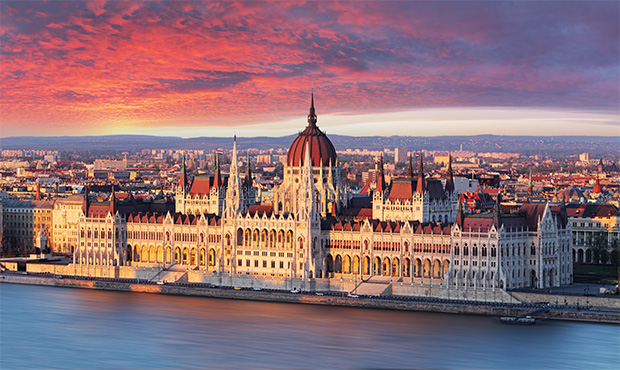
There’s plenty to be said about each of the focus destinations on this tour, so combining them into one trip seems to be perfect for the adventurous traveller among you. Who could say no to 9 days taking in the most delightful destinations that Eastern Europe has to offer? Your journey of discovery will be second to none when you embark on this tour.
From the Astronomical Clock and the Charles bridge in Prague, to the Fisherman’s Bastion in Budapest and, of course, the Hofburg Palace standing pride of place in Vienna, you can’t deny this tours popularity.
2. All Quiet on the Western Front
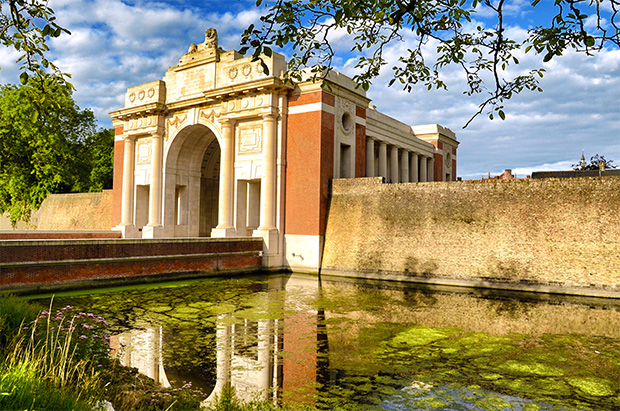
One of the staple battlefield tours, the ever popular All Quiet on the Western Front was still one of the most popular tours on our websites in 2016. It’s an ideal introductory tour covering the major battlefields of Flanders and France and is a great trip for people of all ages with an interest in our military history.
Our expert guides provide a 5* service giving you every chance to really walk in the footsteps of heroes. We think this tour will still be standing proud at the top of this list as we head into 2018, the centenary year of the end of WW1.
1. New Orleans, Nashville & Memphis
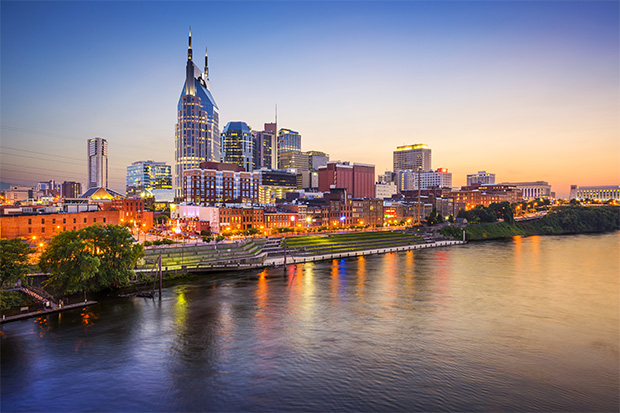
You can’t seem to get enough of the Deep South, our New Orleans, Nashville and Elvis Presley’s Memphis tour is once again our most viewed tour of the year.
The idea of jetting off to the USA and sampling the soul of these fantastic cities is extremely popular, once again. And, with a visit to Graceland itself, it sure is one of the best (if we do say so ourselves). If you’re wanting to rock ‘n’ roll over to the states for a trip that’s music to your ears, we’ve got you covered with this one.
*Prices including early booking discount, correct on publication date.

